Huawei Mate 8 vs Mate 7: specs review and all the differences

Huawei Mate 8 official image
Both being aluminum phones with a sturdy construction, a fingerprint scanner and large batteries, they have more in common than they have differences. Nonetheless, there are some interesting changes, so here are all the differences between the new Huawei Mate 8 and last year's Mate 7.
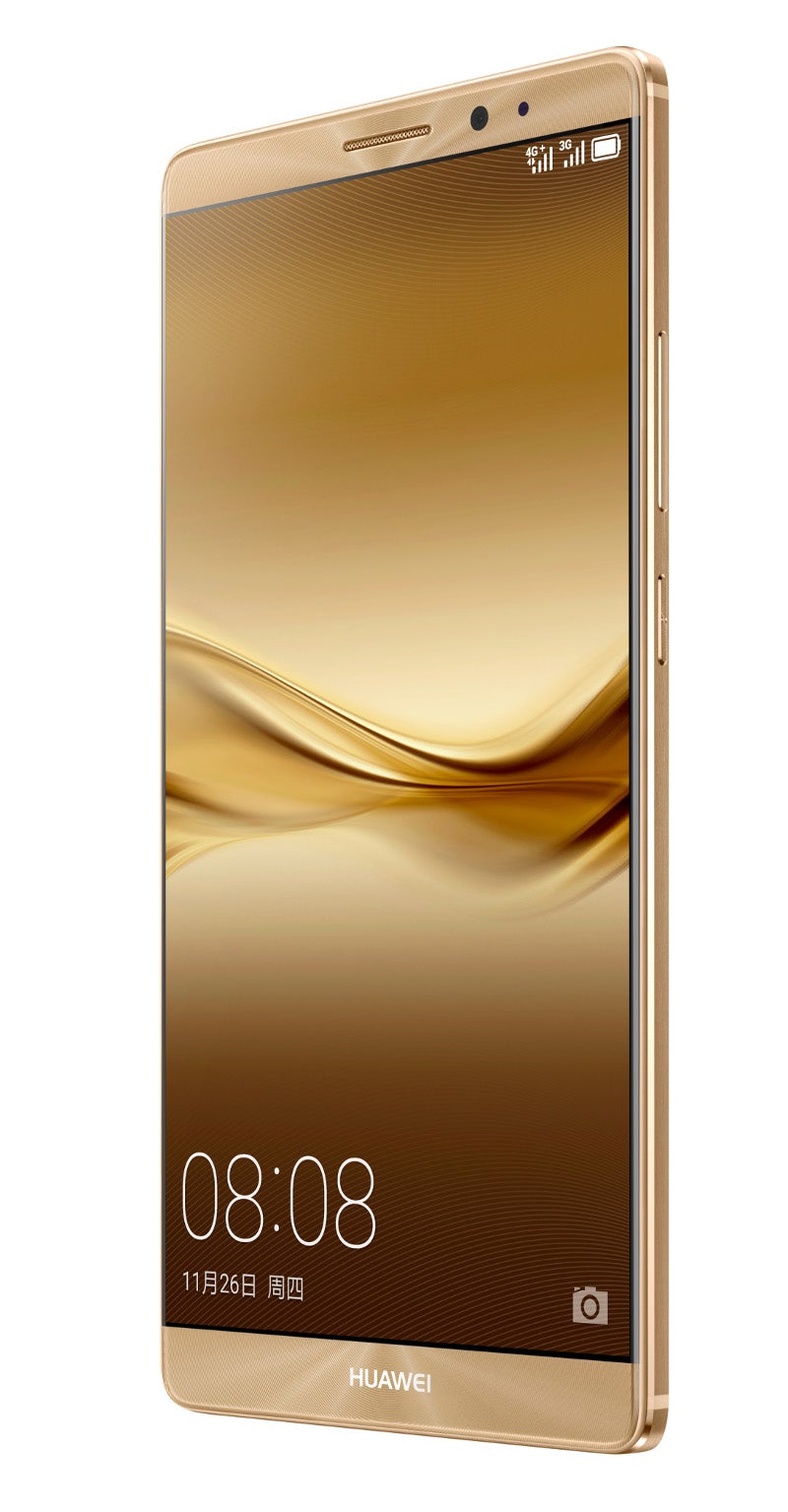
Mate 8 front
Then, there are the changes under the hood: coming to replace the Mate 7's Kirin 925 is another Huawei-made system chip, the Kirin 950. The new SoC is made using dual-sourced 14nm/16nm parts (the most advanced currently available technology), and features an octa-core big.LITTLE setup with four high-performance Cortex A72s running at up to 2.3GHz, and four battery-savvy Cortex A53s clocked at up to 1.8GHz. This is a huge departure from the now decidedly dated Mate 7 chip, which was a 32-bit affair featuring four Cortex A15s running at a max speed of 1.8GHz and four A7s.
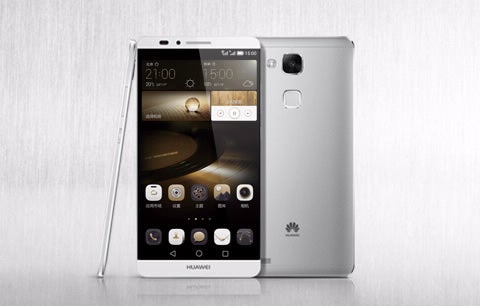
Huawei's 2014 Mate 7 looks similar
Gamers will be more interested in the GPU on the Mate 8: it's the Mali T880MP4 clocked at up to 900MHz. Combined with the comparatively humble 1080p resolution, the GPU should have no problems dealing with most games, but when you consider the fact that the Mate 8 release date is set for Q1 2016, it will look rather average compared to the upcoming Snapdragon 820 flagships, for instnace.
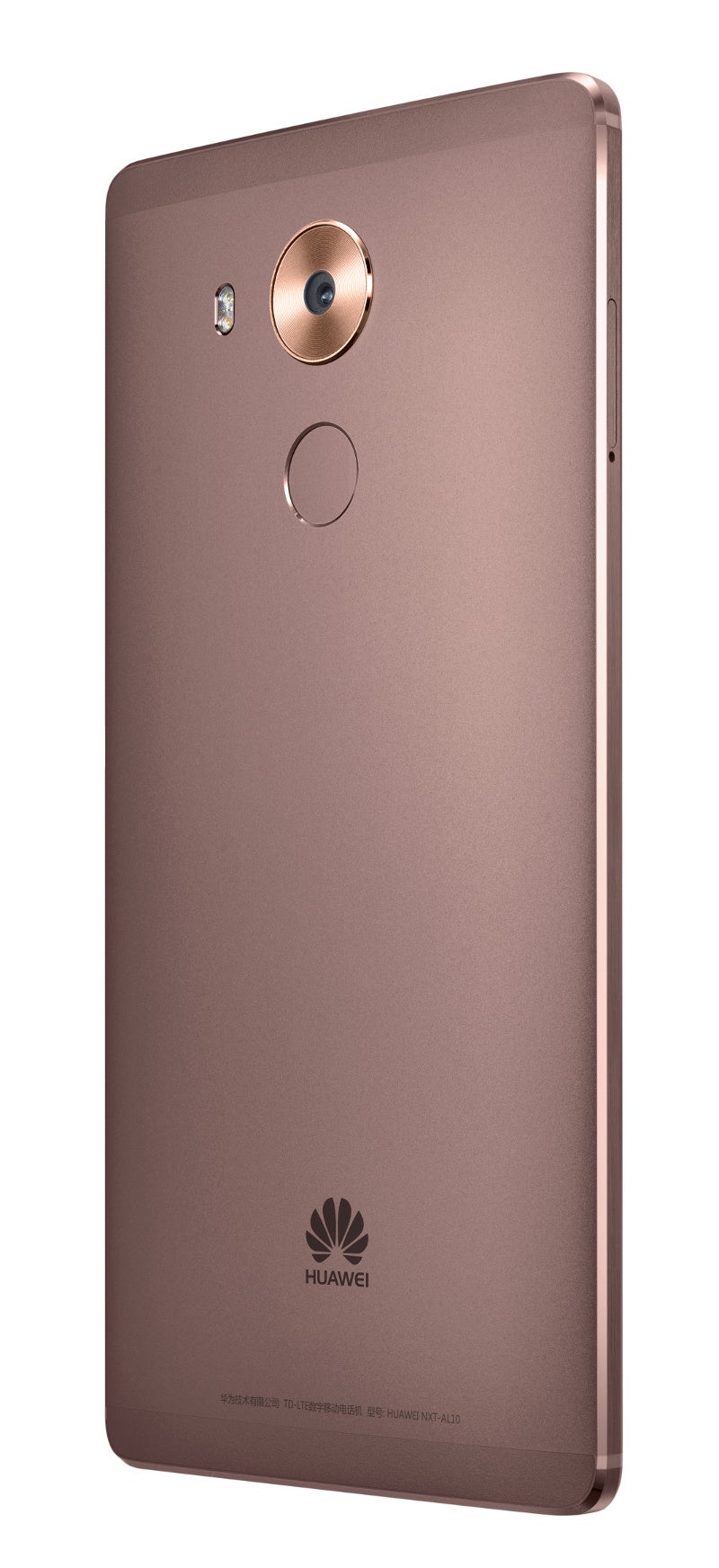
Mate 8 back
Turning over to the cameras, we see a bump from a 13-megapixel sensor on the Mate 7 to a 16-megapixel 1/2.8" Sony IMX298 sensor for the main camera on the Mate 8, and it comes with an f/2.0 lens on top of the stack. At this configuration, pixel size stands at 1.12 microns, which is on the low side and we'll be curious how it performs, particularly, in low light. The front camera on the Mate 8 now has an 8-megapixel resolution, up from 5 megapixels on its predecessors, which should translate into more detailed selfies.
Interestingly, the battery of the Mate 8 is now lower than what we had on the Mate 7: 4,000mAh versus 4,100mAh. The reason behind such downgrades usually involves more power-efficient displays and processors, so despite the decline in actual size, we don't expect any significant decrease in actual battery life.
With all this in mind, it's clear that the Mate 8 brings a fairly substantial upgrade under the hood and on the camera side, while remaining a very modest change in terms of outwards appearance. Would you upgrade to the new Huawei 6-inch phablet?
Follow us on Google News






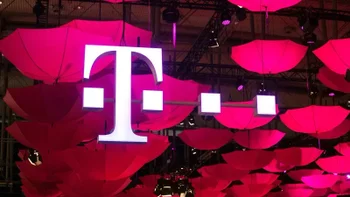
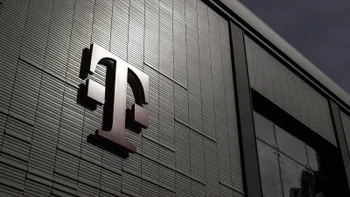


![A new Android bug is making it impossible to install new apps. Are you affected? [UPDATE]](https://m-cdn.phonearena.com/images/article/176703-wide-two_350/A-new-Android-bug-is-making-it-impossible-to-install-new-apps.-Are-you-affected-UPDATE.webp)

Things that are NOT allowed:
To help keep our community safe and free from spam, we apply temporary limits to newly created accounts: